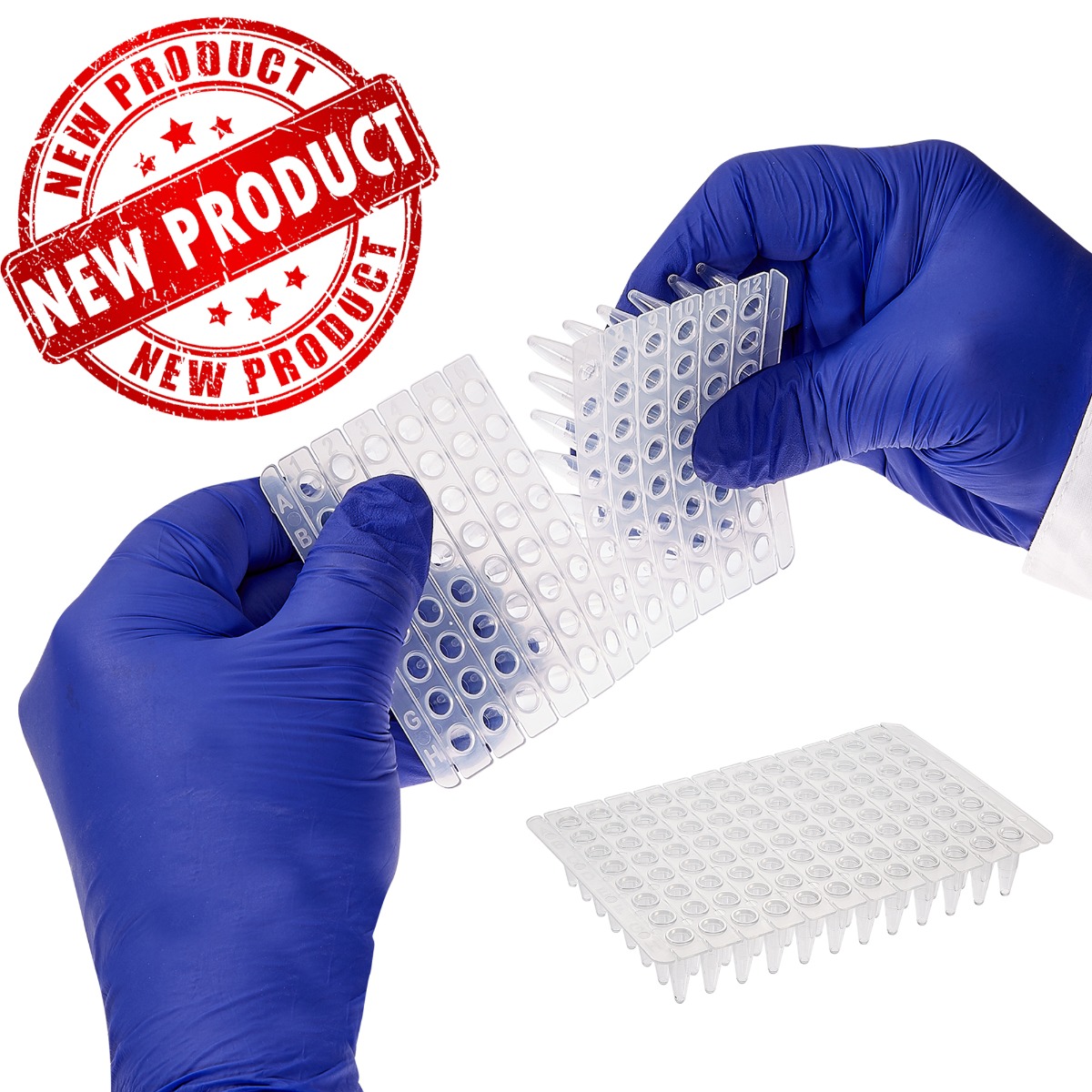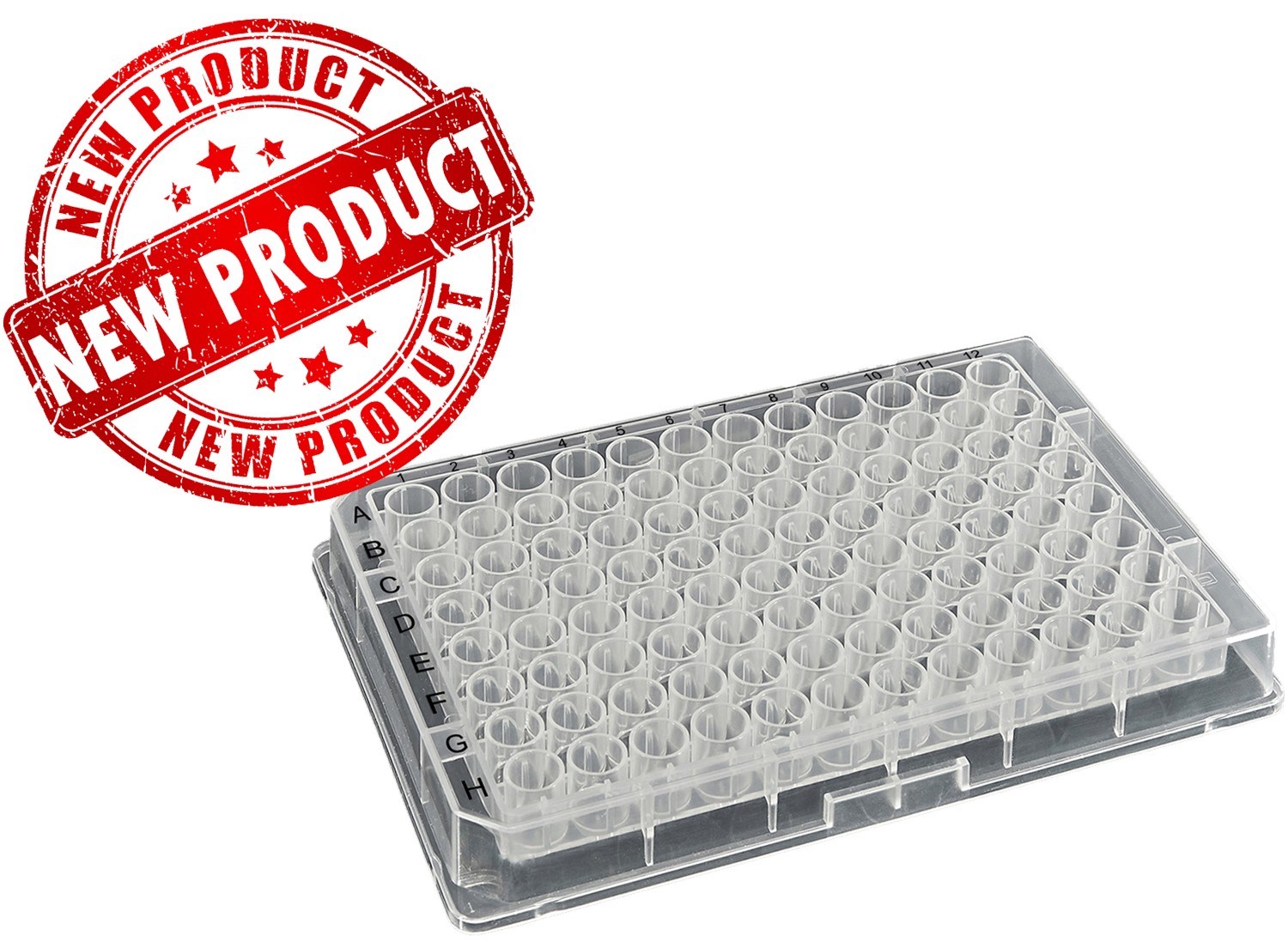Choosing a vaccine thermometer
- By Southern Labware Inc
- Jan 2, 2017
Choosing a vaccine thermometer
Temperature monitoring is critical in the storage and handling of VFC vaccines. Choosing the correct vaccine thermometer to monitor your vaccine supply is equally important. The CDC lists their vaccine monitoring requirements and recommendations in the CDC Storage and Handling Toolkit CDC Storage and Handling Toolkit
Below is a list of the CDC requirements and recommendations for a vaccine monitoring thermometer as well as the product specification that fulfills both.
CDC Requirements:
*Calibration Report Included
*Annual Recalibration by ILAC/MRA accredited laboratory available
*Traceable® Certificate supplied
- Fulfilled by Traceable® Certificate: Multi-point calibration on an individually-numbered Traceable® Certificate which assures accuracy from an ISO/ IEC 17025:2005 (1750.01) calibration laboratory accredited by A2LA. It indicates traceability of measurements to the SI units through NIST or other recognized national measurement institutes (NMI) that are signatories to the CIPM Mutual Recognition Agreement.
CDC Recommendations:
Glycol encased probe
- Sealed bottle sensor is insulated from rapid temperature changes when refrigerator door is opened (Patented)
Certificate of Calibration includes methods and procedure documentation
- Fulfilled by provided Traceable® Certificate
Certificate of Calibration includes stated uncertainties
- Fulfilled by provided Traceable® Certificate
Certificate of Calibration includes measurement results
- Fulfilled by provided Traceable® Certificate
Data Logger with Continuous Monitoring and Active Display
- Datalogging capabilities hard-wired into unit
Data Logger with user programmable logging intervals
- User-defined datalogging interval of one observation/minute to one observation/24 hours
Data Logger capable of storing 4,000 readings that will not overwrite when full
- Maintains most recent 525,600 temperature observations (Excursion-Trac™)
Minimum/Maximum Memory
- Unit has Minimum/Maximum Memory
Capable of displaying current temperature and minimum/maximum memories
- Unit displays simultaneously, current temperature and Minimum/Maximum readings
Minimum/Maximum Memory reset
- Memory may be cleared (data may be downloaded to a USB drive) (Excursion-Trac™)
±0.5°C (±1°F) Accuracy
- ±0.25°C (–50 to 70°C)
Detachable probe
- Yes
High/Low Alarm
- Yes
Read storage unit temperatures without opening the door
- 10 foot micro-thin cable is easy for refrigerator door to close and seal
The below chart will help you determine the best vaccine thermometer for your needs.
| Current Traceable® Refrigerator/Freezer Digital Thermometers that fulfil the current CDC/VFC requirements. | Basic Monitoring | Digital Dataloggers (DDL) | |||||
| 4127 | 4730 4731 | 4238 4239 | 6408 | 6430 6431 | 6440 6441 | 6500 | |
| CDC Requirements | |||||||
| Traceable® Certificate supplied (Traceable to NIST) | ✔ | ✔ | ✔ | ✔ | ✔ | ✔ | ✔ |
| Calibration Report Included | ✔ | ✔ | ✔ | ✔ | ✔ | ✔ | ✔ |
| Annual Recalibration by ILAC/MRA accredited laboratory available | ✔ | ✔ | ✔ | ✔ | ✔ | ✔ | ✔ |
| CDC Reccomendations | |||||||
| Glycol encased buffered probe | ✔ | ✔ | ✔ | ✔ | ✔ | ✔ | ✔ |
| Certificate of Calibration includes methods and procedure documentation | ✔ | ✔ | ✔ | ✔ | ✔ | ✔ | ✔ |
| Certificate of Calibration includes stated uncertainties | ✔ | ✔ | ✔ | ✔ | ✔ | ✔ | ✔ |
| Certificate of Calibration includes measurement results | ✔ | ✔ | ✔ | ✔ | ✔ | ✔ | ✔ |
| Minimum/Maximum Memory | ✔ | ✔ | ✔ | ✔ | ✔ | ✔ | ✔ |
| Capable of displaying current temperature and minimum/maximum memories | ✔ | ✔ | ✔ | ✔ | ✔ | ✔ | ✔ |
| Minimum/Maximum Memory reset | ✔ | ✔ | ✔ | ✔ | ✔ | ✔ | ✔ |
| Detachable probe | ✔ | ✔ | ✔ | ✔ | ✔ | ✔ | ✔ |
| Adjustable High/Low Alarm | ✔ | ✔ | ✔ | ✔ | ✔ | ✔ | ✔ |
| Read storage unit temperatures without opening the door | ✔ | ✔ | ✔ | ✔ | ✔ | ✔ | ✔ |
| ±0.5°C (±1°F) Accuracy | ±1°C | ±0.5°C | ±0.3°C | ±0.1°C | ±0.25°C | ±0.25°C | ±0.25°C |
| Low battery indicator | ✔ | ✔ | ✔ | ✔ | ✔ | ✔ | ✔ |
| Temperature Excursion data | ✔ | ✔ | ✔ | ✔ | ✔ | ||
| Data Logger with Continuous Monitoring and Active Display | ✔ | ✔ | ✔ | ||||
| Data Logger with user programmable logging intervals | ✔ | ✔ | ✔ | ||||
| Data Logger capable of storing 4,000 readings that will not overwrite when full | ✔ | ✔ | |||||
ISO/IEC 17025 A2LA Accredited • ISO Guide 34 Certified Reference Material Producer
All of Control Company’s Traceable® digital thermometers fulfill the current CDC/VFC requirements.
Each individual state/local health department immunization program may have specific requirements—Consult your immunization program for more information
Data represented above is accurate as of 06/15/2016. Recommendations and requirements are subject to change without prior notice.
***Important notice***
As of January 1, 2017, the following recommendation will be a requirement for all VFC providers.
All VFC providers must have certified calibrated digital data loggers for continuous temperature monitoring for each VFC storage unit and back-up thermometer.









